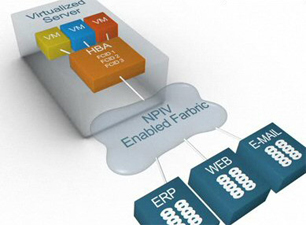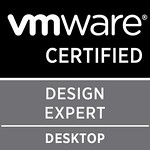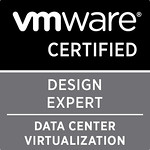Sep 18, 2009 0
London VMware Usergroup 24th Sept 2009
You may or may not know that the next London VMware Usergroup meeting is being held next Thursday 24th Sept. I will be in attendance and i will be looking forward to putting some faces to names, and of course a few beers afterwards.
Here is the info about the Usegroup meeting for anyone who doesn’t know about it.
Our meeting will be held at the Thames Suite, London Chamber of Commerce and Industry, 33 Queen Street, London EC4R 1AP, +44 (0)20 7248 4444. The nearest tube station is Mansion House, location information is available here. Reception is from 1230 for a prompt 1pm start, to finish around 5pm.
To register your interest in attending,please send an email to alaricdavies at yahoo dot com with up to two named attendees from your organisation. If you do not receive a confirmation mail, please don’t just turn up since we will not be able to admit you to the meeting.
Here is a copy of the agenda:
 What is VMware VMDirectPath I/O?
What is VMware VMDirectPath I/O? Whilst revising for the
Whilst revising for the 



